“One of the reasons for making zines is to escape the pressures of a photography business and to create a meaningful outlet for the pictures I make for myself,” says photographer and founder of Turnip Editions, Ben Gancsos. His commercial business is architectural photography, but his affinity for street photography drew him to image making in the first place. Gancsos also believes that you, yes you, should make a zine because it’s a means of self-expression that doesn’t get interrupted by a client or an editor. Then, you should trade your zine for one of his.
Sarah Stacke: What is it about zines that you love?
Ben Gancsos: Honestly, that they require no electricity to enjoy. They’re a physical thing. Intimate, personal, modest, and handmade. Tradable. They can be simple or complex. They’re personal, but the means of production are democratic. I don’t make the ink, or the printer, or the staples, sure, but they are essentially hand-made. I don’t send it out to a lab, or a brochure printer. But I do design, print, fold, bind, trim, cut, staple, stamp, punch, number and sign each one of these myself. So you’re getting a bit of my DNA with every one.
SS: You also have a love for object-to-object trades. Why do you feel trades are important for artists?
BG: I’ve been in the homes of a few photographers/artists from previous generations and they all had objects of their artist friends’ making. I think this is a bit lost nowadays with (social)media sharing being so dominant. Maybe we also all think that we’re already famous and important so we’re reluctant to give that print away. But previous generations were trading all the time, long before they got famous, and even after. For the joy of it. The result was that these objects were cherished and meaningful. Isn’t that the goal?
SS: When did you start Turnip Editions? And Why?
BG: About two years ago. I wanted to do something with my growing pile of non-commissioned pictures. I was heavily on Tumblr and noticed a lot of “likes” for an image, but then zero takers when I offered a free handmade print. It really perplexed me that we’ve reduced our entire experience of a photograph to a click. It’s sad. So I rebelled against social and went paper…
I was curious if it could be done at home and with an acceptable level of quality. I mean, there are millions of zines out there so why make more, right? But I wanted something between the Kinko’s gritty DIY zine, which are cool and I have lots of, and the offset printed book, which are also cool and I have a modest collection of. I was pleasantly surprised. Since then, I’ve been able to experiment with all sorts of materials and it’s been very satisfying. So the “why” part is now easy – pure personal satisfaction.
SS: Can you briefly explain the general process of physically creating a zine?
BG: Once I’m past the first hurdle, the one of selecting a body of work, it’s fairly simple, but a bit time consuming. I do a layout in InDesign, with my amateurish self-taught skill level, and start making some prototypes. A lot of it for me is in selecting the materials for the total package to work. I laser print, for the most part, so the paper has to be compatible. Sometimes there are special treatments for the cover, burning, stamping, etc. It’s all trial and error. A very physical – there’s that word again – doing rather than just thinking, exercise.
I make physical dummies until I get to what I like and then print the whole run, typically 50 copies, but more for special projects. Then I get to folding and all that.
Gear? I used to do it all with a $200 laser printer. So it doesn’t take much. I did get a large laser printer because I was enjoying it so much and can now do larger paper and double-sided with more ease. Other than that, paper trimmers, rotary cutters, corner rounders, rubber stamps, hole punches, a folding bone, etc. are my tools. A booklet stapler addition has made stapling much more efficient.
SS: What inspires a zine? And how long does it take from inspiration to completion? I imagine this ranges, but what are the variables?
BG: Inspiration is elusive. It can be anything. Two pictures next to each other, a phrase I hear that might make a good title, some little trigger like that. Then the search for the rest of the images, then the materials. For my “Wherever I Walk” series, it’s easy, since I wanted a series. The layout, size, and materials are set, I just select the next topic and go. For others it can take a bit longer, depending on complexity. I did one that had six kinds of paper, and inner foldout, two types of printers were needed, and had a printed envelope. That took a couple of weeks to finalize. So, it ranges.
SS: How does Turnip Editions complement your work?
BG: In many ways, IT IS my (non-commissioned) work. These zines are a finished piece of, dare I say, art, with a small a. I don’t see them as throw-away give-aways. I don’t use them as leave-behinds. I try to get them to people who actually want to have them. I’d like to think that all the ones I’ve given away, traded, or sold are still with their original recipients. Among other treasured and valued collectibles. If someone sees them and wants to buy or trade for an actual print, even better, just get in touch!
SS: Who are some of the artists you’ve collaborated with?
BG: I’ve collaborated with Emma Raynes and Travis Rainey, among others. Not all result in a Turnip Editions run. Some go through my printers and other tools, but don’t bear my imprint. Some accompany exhibits, and some were/are even sold in museum gift shops.
SS: What else do you want the world to know about Turnip Editions?
BG: Oh! It’s going to be big! The great paper-based revolution is sweeping the world! Hahaha…. Fundamentally, this is a labor of love. It’s not a business venture. And it’s a creative outlet for me and a chance to work closely with people whose work I feel something toward. The more parties involved, the more difficult any collaboration, so I like the modest nature of it. It’s not a crowd-sourced, opinion-polled, vetted product. Again, this is a labor of love, I have no illusions about it as a profit maker, so if the fulfillment and satisfaction of doing it wanes, Turnip ends. It’s personal. If anyone objects, well, they can, and SHOULD, make their own. And I’d love to trade with them…
Follow Gancsos on Instagram.
—Sarah Stacke
Related Articles:
Making Magazine Magic
When Photographers Become Publishers: Tiny Atlas Quarterly
PDN’s Promos We Kept
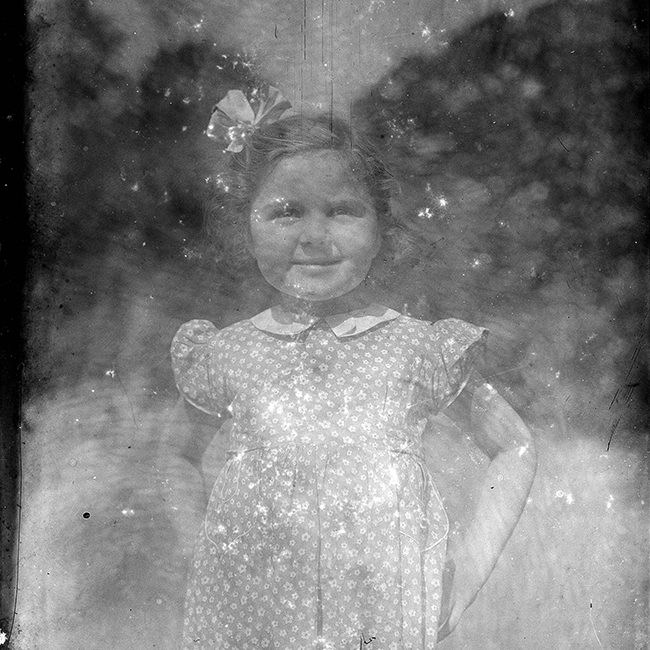


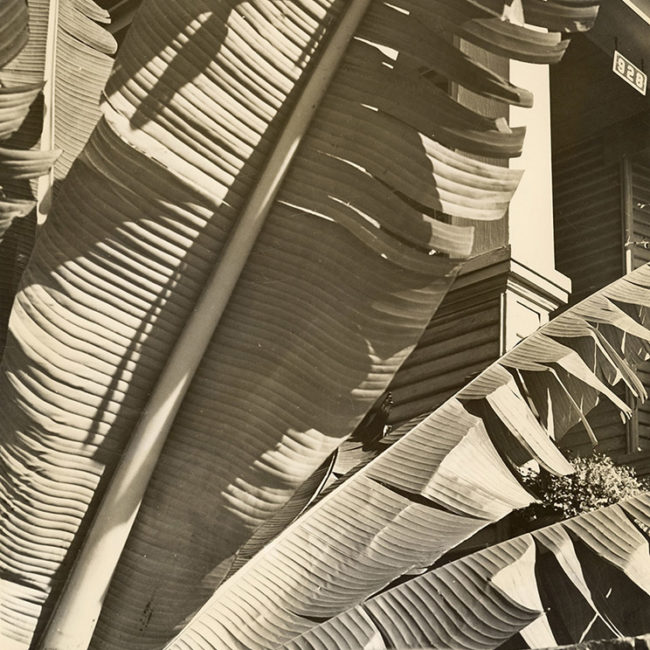

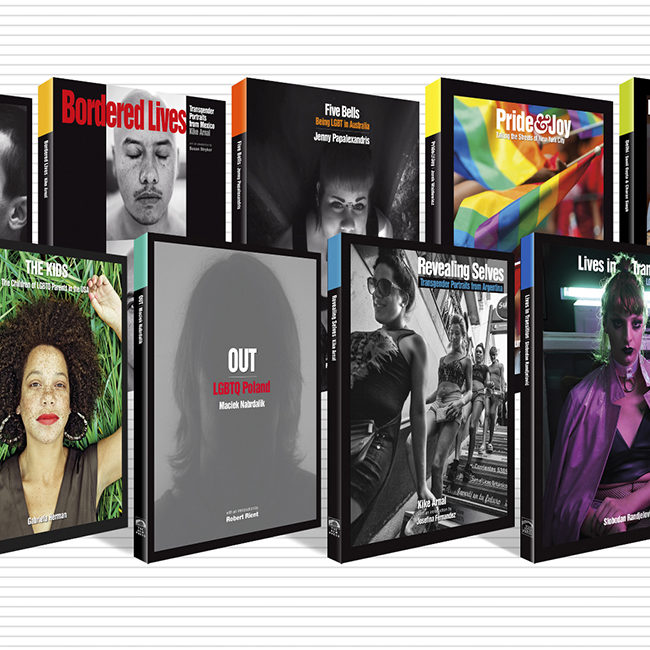


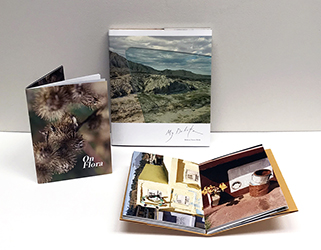
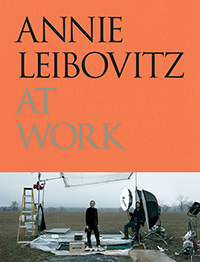

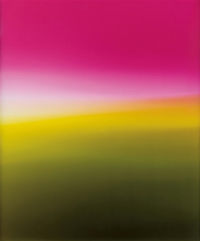
I think this is a great idea – I like nothing better to see a physical print, there are so many good images destined to never make it further than data on a hard drive, eventually discarded. The only issue I have is using a laser printer, if going to this much effort why not go a step further and print something that will actually last?
A great approach of grabbing opportunities, teaching yourself the fundamentals and getting your stuff out there. This, combined with technology to publicise a ‘Zine’s existence brings the 70’s Punk approach to fanzines bang up to date!